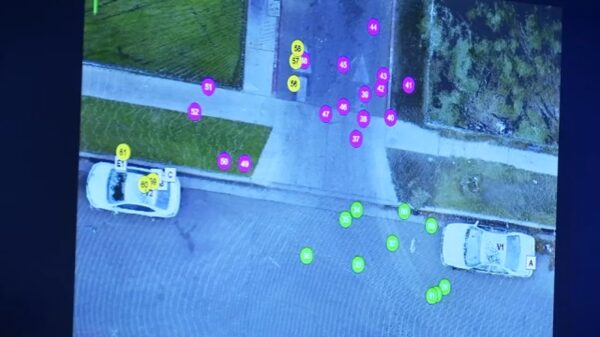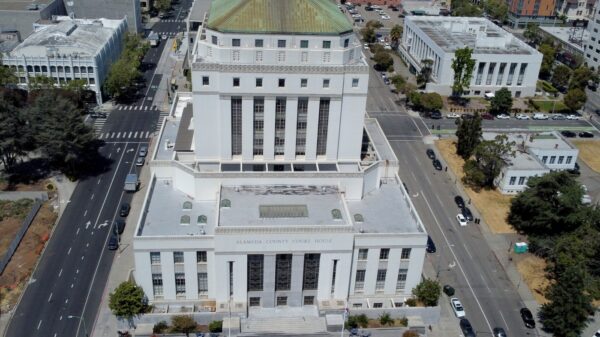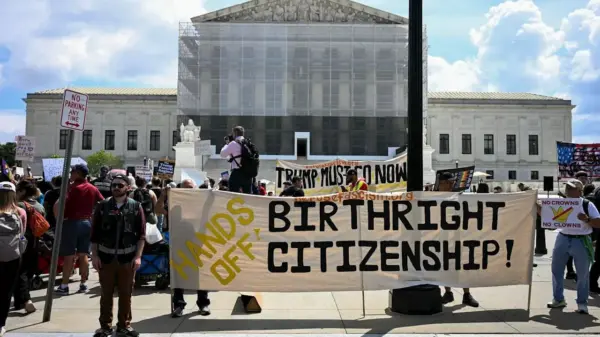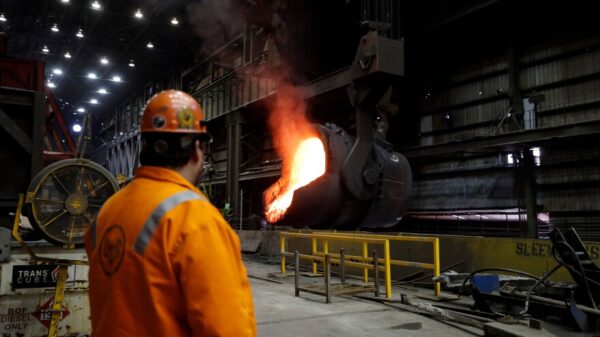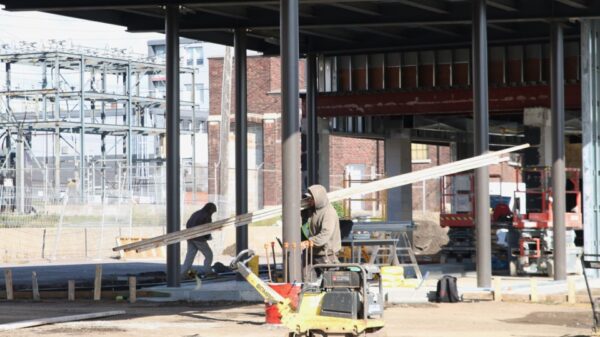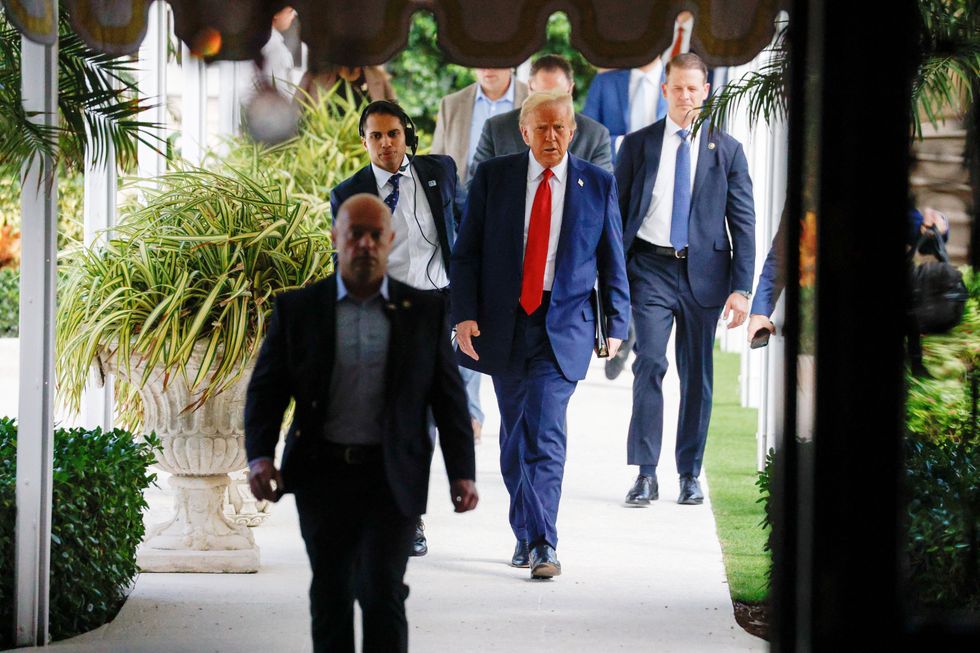On Monday, the Trump administration made a significant legal move by presenting arguments to the Supreme Court, asserting that no judicial body, including the Supreme Court, can challenge the President’s authority to deploy military troops in U.S. cities. The administration’s legal team contended that the President’s decision to call up the National Guard is a core aspect of his role as Commander in Chief, supported by a direct delegation from Congress. They stated, “the President’s determination to call up the National Guard… is not judicially reviewable at all; at minimum, it is entitled to extremely deferential review.”
The administration claims that the call-up in cities like Chicago was necessitated by “violent, organized resistance” faced by ICE agents. Trump’s attorneys further argue that this decision falls outside the purview of judicial review, referencing the 1827 case, Martin v. Mott. This case, originating from the War of 1812, established that military subordinates could not question a president’s judgment regarding military threats. Critics note that Martin did not actually address the issue of judicial review.
Historically, many Americans harbor strong opposition to military involvement in civilian life. Surveys indicate that a majority of the public, transcending party lines, disapprove of sending military personnel into U.S. cities without an external threat. This sentiment can be traced back to the Revolutionary War, when colonists, having endured the oppression of British troops, fostered a deep distrust of a standing national army. The U.S. Constitution reflects this apprehension, as it grants Congress, not the President, the authority to mobilize the National Guard to “execute the Laws of the Union, suppress Insurrections and repel Invasions,” as outlined in Article I, Section 8, Clause 15.
Legal frameworks further support this divide. Title 10 USC 12406 restricts presidential activation of the National Guard to specific circumstances, while the Posse Comitatus Act prohibits using federal armed forces for law enforcement unless expressly authorized by the Constitution or Congressional act. This legislation embodies a historical reluctance in the U.S. to permit military control over civilians.
Trump administration officials have frequently described extreme violence occurring among ICE protestors, often portraying a scenario of heightened danger. They allege that ICE agents encounter “incessant violent resistance” in places like Illinois, claiming ambushes and physical attacks on their vehicles. However, many eyewitness accounts and video evidence contradict these assertions. For example, videos have surfaced showing instances where ICE agents initiated confrontations by ramming their vehicles into others.
In a notable admission, Border Patrol commander Gregory Bovino acknowledged that he was not struck by a rock until after he had deployed tear gas during a protest, contradicting earlier allegations. Additionally, a case involving a WGN news producer accused of assaulting an ICE agent ended with her release and no charges filed against her, undermining the narrative of widespread violence.
Recent claims made by the Department of Homeland Security (DHS), including a purported “more than 1,000 percent rise” in assaults on ICE agents, have faced scrutiny. Investigations by NPR and analyses of federal court filings revealed a lack of public evidence supporting these assertions. Meanwhile, videos circulating online document instances of excessive force used by federal agents against peaceful protestors.
The Ninth and Seventh Circuit Appellate courts have previously addressed the legality of Trump’s National Guard deployments. Both courts rejected the administration’s argument that such military actions are beyond judicial scrutiny. They noted that the text of the relevant statutes outlines specific conditions that must be met before a president can mobilize the National Guard, emphasizing that the President does not have unilateral authority to determine the existence of those preconditions.
As the Ninth Circuit awaits a full en banc review, the Seventh Circuit has already determined that the conditions on the ground did not align with the administration’s claims. This decision is now under examination by the Supreme Court, which has requested supplemental briefs regarding the interpretation of 10 USC 12406(3). This statute allows a president to call up the National Guard when he is “unable with the regular forces to execute the laws of the United States.”
The Trump administration’s belief that military deployments are immune from judicial oversight raises significant concerns. Given President Trump’s history of advocating for aggressive measures against unarmed citizens, the implications of this case could shape the future of civil-military relations in the United States. The Supreme Court’s ruling will be crucial in determining how the law addresses a president’s decision to escalate violence and civil unrest for political gain.



